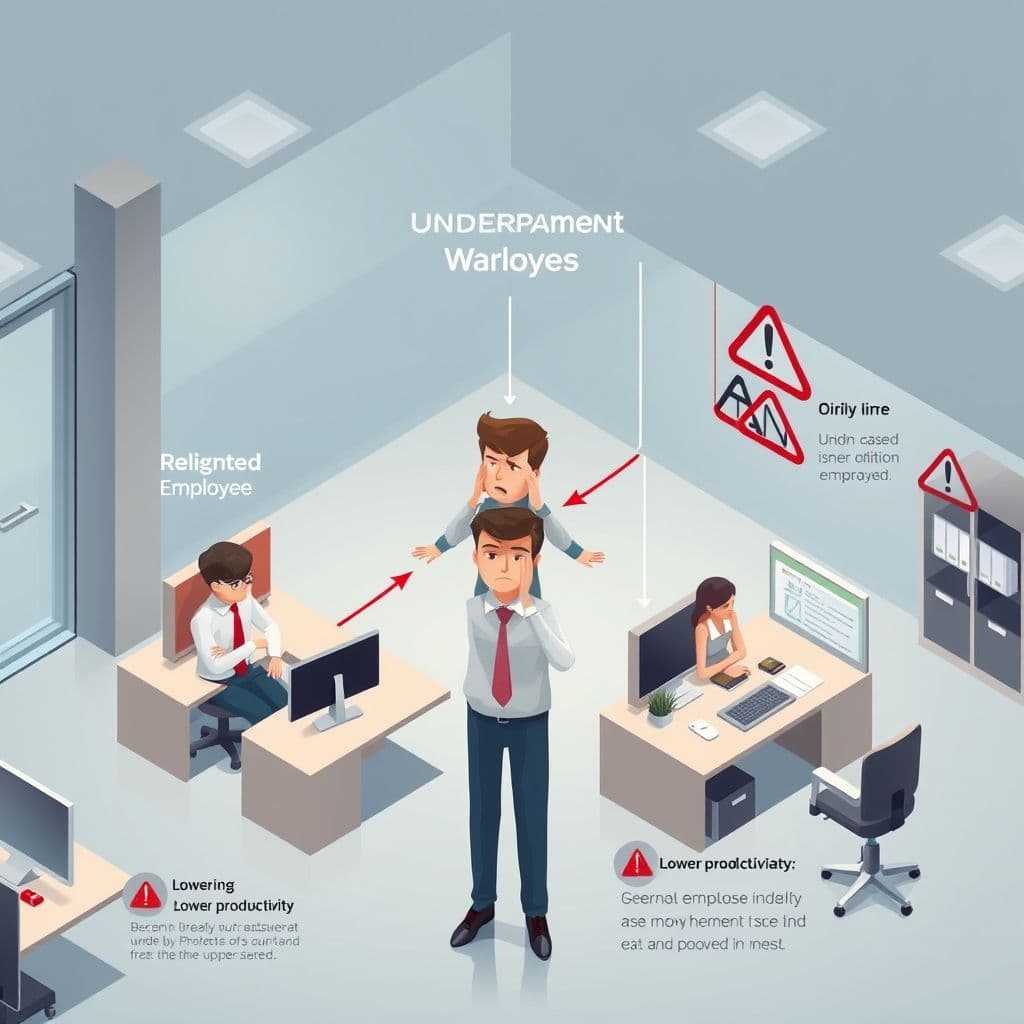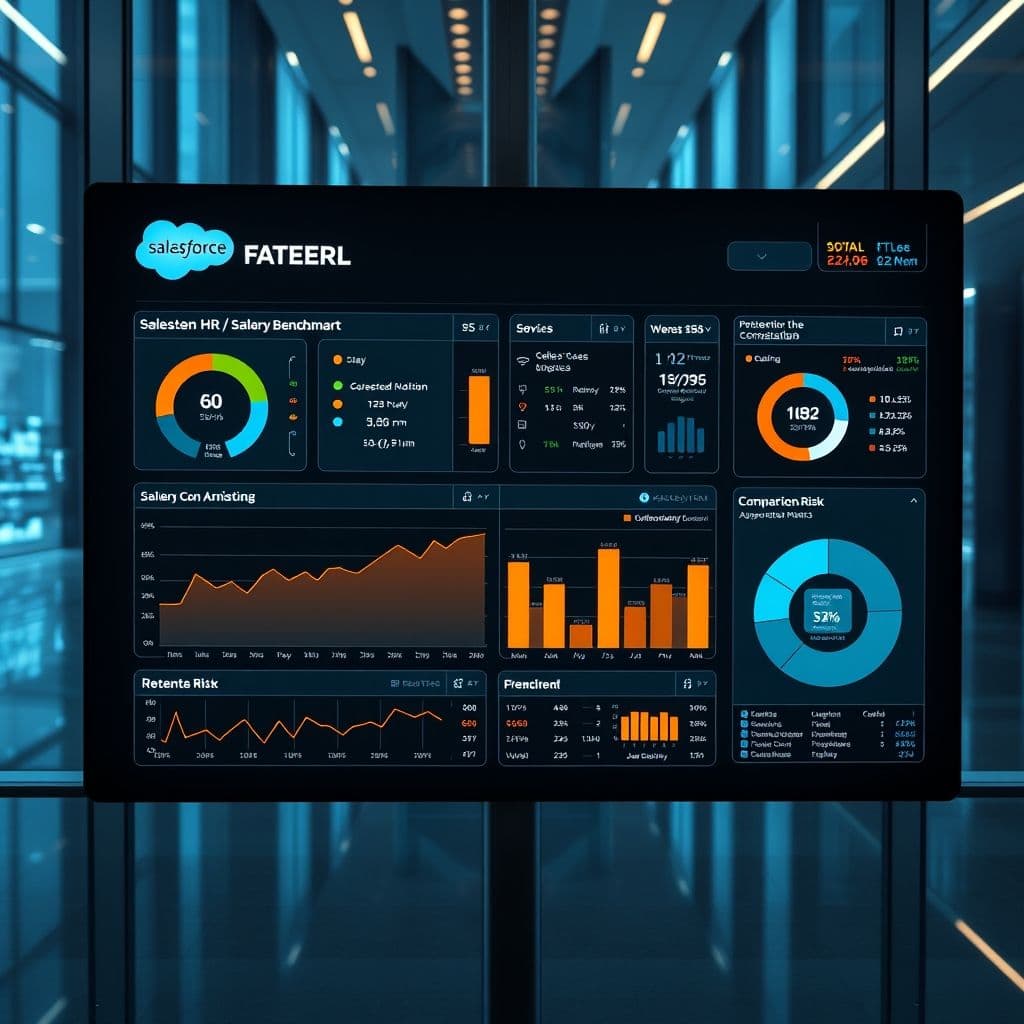The Hidden Cost of Underpaying Employees: A SaaS Solution to Retention Challenges

The corporate world is facing a silent crisis: top talent walking out the door because they feel undervalued and underpaid. As seen in viral TikTok conversations, employees are increasingly frustrated with compensation negotiations that fail to recognize their true market value. This systemic issue costs companies millions in lost productivity and rehiring costs. But what if there was a technological solution to bridge this gap?
The Compensation Crisis: Why Top Talent Walks Away
The scenario plays out repeatedly across industries: a high-performing employee requests a raise commensurate with their contributions, only to be offered a fraction of what they're worth. As comments on the viral TikTok video reveal, 'I'm tired of begging to be paid what I'm worth' and 'The ONLY way to keep top talent is profit sharing.' Companies stuck in outdated compensation models lose their best people to competitors, then face the ironic situation of having to pay even more to replace them - if they can find comparable talent at all.
The root causes are multifaceted: HR departments often lack real-time market data, compensation decisions get bogged down in bureaucracy, and there's frequently a disconnect between what managers know their team members deserve and what the company is willing to pay. As one commenter noted, 'If you have to negotiate a raise, it is time to leave, the company does not know your value and is blind to learn it.'

Compensation Intelligence Platform: A Hypothetical SaaS Solution
Imagine a SaaS platform that could transform these painful compensation conversations. This hypothetical solution would aggregate real-time salary data across industries and geographies, automatically benchmarking each employee's compensation against market rates. Using AI, it could analyze individual contributions - projects completed, revenue generated, peer feedback - to create a data-driven case for each employee's value to the organization.
Key features might include: automated compensation alerts when employees fall below market rates, scenario modeling to show the financial impact of raises versus turnover costs, and secure portals where employees could transparently see how their pay compares to industry standards (without exposing colleagues' salaries). The system could even predict retention risks based on compensation dissatisfaction and market trends.

Transforming Retention Through Data-Driven Decisions
Such a platform could fundamentally change compensation dynamics. HR teams would have objective data to justify raises before top performers become disgruntled. Executives could see the true cost of underpayment in real dollars rather than abstract principles. Employees would feel valued knowing their compensation reflects verifiable market standards.
Implementation challenges would exist - companies might resist transparency, and integrating with various HR systems would require robust APIs. But as the TikTok comments show, the status quo is clearly broken. 'They refused to even give me my yearly .25 raise the last year I was there. So I left' - stories like this represent millions in avoidable turnover costs.
Conclusion
The compensation gap isn't just an HR issue - it's a strategic business problem with quantifiable bottom-line impacts. While no SaaS solution can magically create budget for raises, a well-designed compensation intelligence platform could give companies the data and tools they need to make smarter decisions about their most valuable asset: their people. In an era where talent retention makes or breaks organizations, such transparency might transition from nice-to-have to business-critical.
Frequently Asked Questions
- How would this SaaS solution differ from existing salary surveys?
- Unlike static annual surveys, this hypothetical platform would provide real-time, company-specific benchmarking that accounts for individual employee contributions and local market conditions, with predictive analytics about retention risks.
- Wouldn't showing salary benchmarks make employees demand more money?
- While transparency might initially surface compensation gaps, the platform would also educate employees about pay ranges for their roles and experience levels, potentially leading to more realistic expectations and productive conversations.
- How could companies justify the cost of such a platform?
- The ROI could be calculated by comparing the software cost against the expense of replacing just one or two top performers - often 50-200% of their annual salary in recruitment costs and lost productivity.


